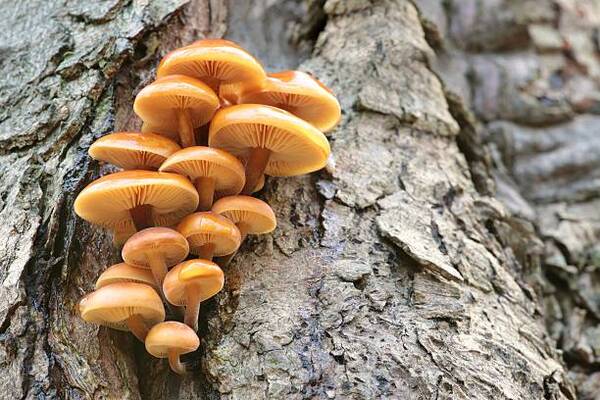- 1-905-452-8193
- Contact Us
- Member Login
- Get Listed Today
- 220,911 members

Although trees are an important part of the natural ecosystem, some types of fungi that grow on trees can be dangerous to humans. These tree-based fungi can cause serious illnesses, and in some cases, death.
Tree removal Sydney owner Michael Dunia explains that fungi are a large and diverse group of organisms. They come in many different shapes and sizes, and can be found in nearly every environment on Earth. Some fungi live in the soil, while others form symbiotic relationships with plants or animals. Fungi play an important role in ecosystems by breaking down dead organic matter and recycling nutrients.
Fungi are classified as a separate kingdom from plants and animals. The defining feature of fungi is their mode of nutrition, which is absorption. Fungi lack chlorophyll, and cannot produce their food through photosynthesis like plants. Instead, they secrete digestive enzymes that break down organic matter, and then absorb the resulting nutrients.
Fungi are an extremely diverse group of organisms. The largest and most familiar fungi are mushrooms, but many other types of fungi do not produce visible fruiting bodies. Some fungi are single cells, while others are multi-cellular. Some are parasites, while others are beneficial symbionts.
For your health and safety, stay away from the following fungi that grow on trees.
1. Amanita phalloides: Also known as the "death cap," this type of fungus is extremely poisonous. Symptoms of Amanita phalloides poisoning include vomiting, diarrhea, and cramping. In severe cases, liver failure and death can occur.
2. Armillaria ostoyae: This type of fungus causes a disease called "root rot" which can kill trees. It can also infect humans, causing nausea, fever, and muscle pain.
3. Chalciporus persicinus: Also known as the "peach-borer," this fungus grows on decaying wood and causes brown spots on fruit trees. Although it does not pose a serious risk to humans, it can damage healthy fruit trees and should be avoided.
4. Coniophora puteana: This fungus is also called the "merchant's disease," and is typically found in damp basements or cellars. It causes a type of rot that can kill both living plants and trees. People who inhale the spores from coniophora puteana have reported breathing difficulties and headaches.
5. Fistulina hepatica: This fungus is found on Beech trees, and causes a disease called "Beech drop." The symptoms of beech drop include nausea, vomiting, and diarrhea. In severe cases, liver damage can occur.
6. Ganoderma applanatum: Also known as the "artist's fungus," ganoderma applanatum is often used in traditional Chinese medicine. However, it can also cause liver damage if consumed in large quantities.
7. Lactarius indigo: This type of fungi contains a poison called lactaridine which can cause vomiting and diarrhea. It is often found in the forests of North America and Europe.
8. Morchella esculenta: Although this type of fungus is edible, it can cause serious stomach upset if consumed in large quantities. It is found in North America, Europe, and Asia.
9. Ophiocordyceps sinensis: This fungus is found in the Himalayan region, and is also known as the "zombie fungus." It parasitizes caterpillars, and has been known to infect humans who eat infected caterpillars. Symptoms of infection include fever, muscle pain, and vomiting.
10. Phallus impudicus: Also known as the "common stinkhorn," this type of fungi emits a foul odour that can attract flies. The flies then spread the spores of the fungus, which can cause nausea and vomiting in humans.
11. Piptoporus betulinus: This type of fungus is found on Birch trees, and causes a disease called "Birch polypore." If consumed in large quantities, it can cause diarrhea and vomiting.
12. Polyporus squamosus: Also known as the "dryad's saddle," this fungi grows on decaying wood and causes a disease called "dry rot." For humans, dry rot presents no serious health risks; however, it can result in the death of nearby trees if left untreated.
If you encounter any of these tree-based fungi in your local forest or park, be sure to avoid them at all costs. While some types may seem harmless, they can cause serious illness or even death if ingested. Contact your local arborist for more information.
